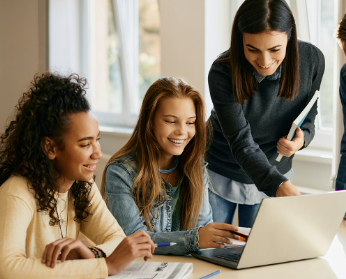Introduction
Student needs are never static. They evolve with age, experience, circumstances, and academic progress. Personalized learning offers a flexible and responsive approach to education by continuously adapting to these changes. Through individualized planning, ongoing assessment, and student input, personalized learning ensures that instruction remains relevant, supportive, and effective over time.
1. Recognizing Growth and Progress
As students learn and grow, their needs shift. Personalized learning tracks these changes through regular check-ins, formative assessments, and self-reflection. This ongoing feedback allows educators to adjust content difficulty, learning strategies, and supports to match each learner’s current level.
2. Supporting Social and Emotional Development
In addition to academic growth, students experience emotional and social changes. Personalized learning environments can adapt by incorporating wellness check-ins, flexible deadlines, and learning formats that accommodate students’ emotional states. A responsive classroom builds resilience and promotes a healthy mindset.
3. Responding to Learning Challenges
When students face obstacles—such as attention difficulties, changes in home life, or gaps in foundational knowledge—personalized learning allows for quick adaptation. Educators can modify lesson formats, provide additional resources, or offer alternate assessments to ensure continued progress.
4. Embracing Student Feedback
Student voice plays a key role in identifying what’s working and what needs to change. Personalized learning fosters open communication, allowing learners to share their preferences, struggles, and successes. Educators use this input to refine instruction and strengthen engagement.
5. Updating Goals and Learning Paths
Goals set early in the school year may become outdated as students evolve. Personalized learning includes regular goal-setting sessions where students and teachers collaborate to update objectives. This ensures that learning paths remain aligned with the student’s current interests and aspirations.
6. Leveraging Technology for Real-Time Adjustments
Digital tools can provide instant data on student performance, allowing educators to adapt instruction in real time. Whether it’s adjusting reading levels, pacing math lessons, or offering alternative formats, technology supports dynamic, individualized learning experiences.
Conclusion
Personalized learning is effective because it adapts. It recognizes that students are constantly evolving and provides the flexibility to meet their changing academic, social, and emotional needs. By staying responsive and student-centered, personalized learning ensures that every learner continues to grow, thrive, and succeed—no matter how their needs develop over time.














